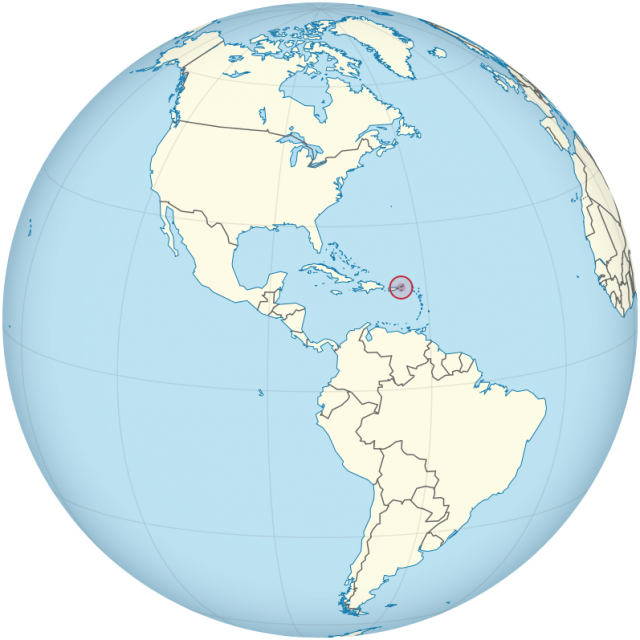U.S. Virgin Islands
AT A GLANCE
Government: Unincorporated; purchased by the United States in 1917
Size: 136 sq. mi. (352 sq km)
Population: 102,951 (2016)
Electoral votes: 0
U.S. Representatives: 1 (nonvoting)

THE PLACE
The Virgin Islands are two groups of islands in the Atlantic Ocean, 40 miles (64 km) east of Puerto Rico. They are part of a long island chain known as the Lesser Antilles. One group of islands—St. Croix, St. John, St. Thomas, and some smaller islands—is a U.S. territory and is known as the U.S. Virgin Islands. The second group belongs to Great Britain and is known as the British Virgin Islands.
Of the American islands, only St. Croix, St. John, and St. Thomas are inhabited. St. Croix is the largest of the islands in both area and population. Most of the American islands, except St. Croix, are rugged and hilly. The islands' most important mineral resource is basalt, used to make concrete. The climate is tropical, and flowers and trees flourish. Ocean winds keep the temperature moderate year-round.
THE PAST
Although Christopher Columbus claimed the Virgin Islands for Spain in 1493, the Spanish used the islands solely to hide royal treasure from pirates. The English and Dutch finally settled the islands in 1625, and for the next few hundred years, the English, Dutch, Spanish, and French fought for control of the area. Eventually, in 1917, these three islands were sold to the United States for $25 million. In 1927, the U.S. government passed legislation that made residents of these Virgin Islands citizens of the United States. In 1954, the United States allowed the U.S. Virgin Islands to have its own legislature, and in 1968 the people were given the right to elect their own governor.
THE PRESENT
The United States retains a large presence in the U.S. Virgin Islands. More than one million tourists, many of them from the mainland United States, vacation there every year. The scenery, weather, and beaches draw visitors from all over the world to the islands, especially St. Croix. The carnival held on St. Thomas every April is a major tourist attraction.
The island has rum distilleries, oil refineries, and factories that produce aluminum ore, knitted goods, thermometers, perfume, and watches. Most of the food must be imported because farms on the island cannot support visitors and residents.